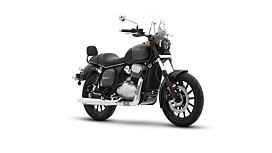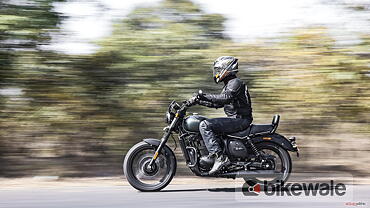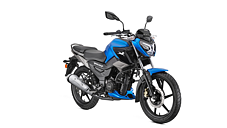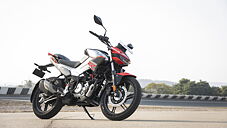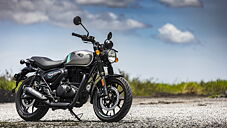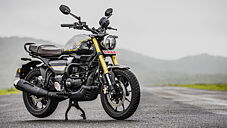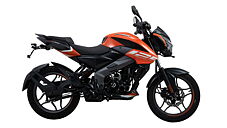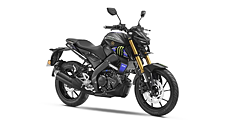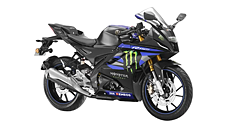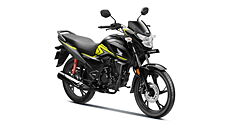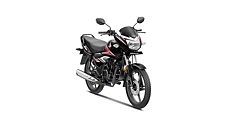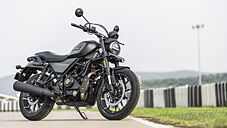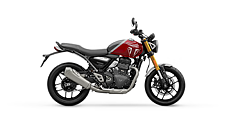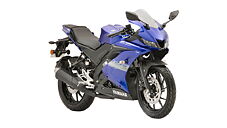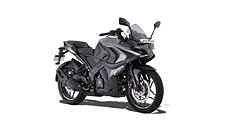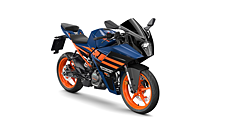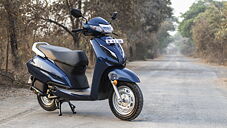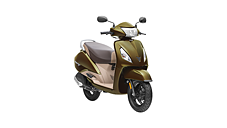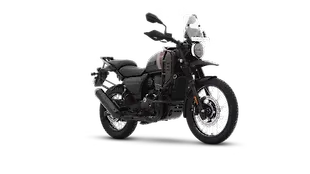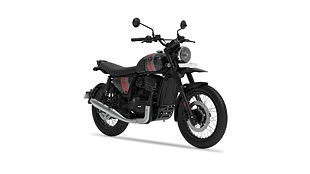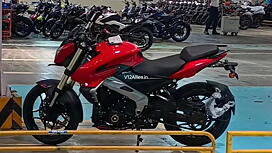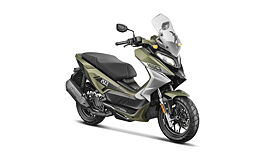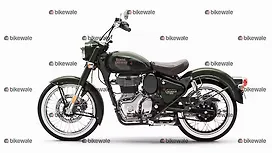Introduction

As they say, history repeats itself. And the Indian two-wheeler market exemplifies that, given the number of brands making a comeback here. The most recent example is Yezdi which has been resurrected by Classic Legends, the same brand which also sells Jawa models in India.
Now, Yezdi is back with not just one, or two, but as many as three motorcycles. The one you see in these pictures is the Roadster. It will essentially compete against the Royal Enfield Meteor 350 and the Honda H’ness CB350 in India. So does the Roadster has the potential to give its existing rivals a run for their money? We try to answer this by spending a brief amount of time riding the motorcycle.
The Visuals

Visually, the Yezdi Roadster is an attractive motorcycle, more so than how it looks in the pictures. Lending it retro charm are multiple elements like a round headlamp, peanut-shaped fuel tank, and peashooter-style exhausts. Then, giving it a contemporary touch is the presence of alloy wheels and various blacked-out components. The motorcycle is available in five enticing colour options, with three of them following an all-black theme and the other two bringing old-school chrome elements to the mix.

As much as the design is likeable, the same cannot be said for the overall fit and finish. Even though the paint finish and quality of switchgear were acceptable, upon closer inspection we found uneven panel gaps around the switchgear and under-seat panels. Then the edges of the engine cooling fins looked shoddy and one of the fins had its edge chipped off a bit. These might not seem like major issues initially, but they surely make the bike’s long-term reliability questionable.
The Package

Beginning with the heart of the matter, powering the Yezdi Roadster is the same 334cc, single-cylinder, liquid-cooled engine that does duty on the Jawa Perak. However, the brand has executed multiple changes for Yezdi, such as the inclusion of updated crankshaft, different connecting rods, tweaked cylinder head, and some more. The resultant motor churns out 29.29bhp of power at 7,300rpm and 29Nm of torque at 6,500rpm.

The cycle parts are pretty basic with an 18-17-inch spoke wheel combination suspended by telescopic forks up front and dual shock absorbers at the rear. Stopping power comes from a single disc at both ends along with standard dual-channel ABS.

As old a brand as Yezdi is, the feature list is equally modern. It gets a full-LED headlamp and tail lamp, dual-channel ABS, hazard lights, and a fully-digital instrument cluster. The single-pod, round LCD shows a generous amount of data like distance to empty, time, and gear position, along with basic information. While that’s commendable, what isn’t is the extreme lack of visibility under the bright sun.
The Ride

Mounting the Roadster is effortless, thanks to its low 790mm seat height. Plus, taking it off the stand and pushing it around isn’t difficult too, due to the relatively low kerb weight of 184kg. For reference, the Royal Enfield Classic 350 weighs about 195kg. What troubled me though is the fact that the bar-end mirrors keep hitting your wrist during full-lock turns. However, this is an issue only with select colour options that get bar-end mirrors as standard.

The Roadster welcomes you with a neutral and upright riding stance. The flat handlebar is tilted towards the rider and the footpegs are a bit forward set. Although we couldn’t ride it far enough to tell you about its touring comfort, there was no sense of discomfort in about an hour of continuous riding.

Jab the starter and the Roadster fires up with a nice bassy exhaust note, urging you to rev it a couple of times before moving ahead. But as I got going, the experience turned out to be a bittersweet one. To start with the good bits, the engine pulls vigorously as you cross 4,000rpm and there’s a quick increment in momentum until its redline. Progressing through gears too is a quick affair, given the slickness of the gearbox and short gear ratios. Moreover, thanks to the rev-happy nature of the motor, redlining the bike in every gear and hooning around is quite engaging and fun.

What plays a spoilsport here are the vibrations that creep in post 5,000rpm and increase as the revs climb. It all starts with a slight buzzing on the handlebar, followed by footpegs, and culminating on the seat. Although the engine doesn’t feel much stressed even at 100kmph, high vibrations accompanied by some engine noise hampers the overall experience. Not to nitpick, but the throttle response is abrupt too. At times, I felt that the engine’s response time and my throttle inputs didn’t match, with the former lagging behind.

As for the handling, changing directions on the Roadster at slow speeds feels seamless, mainly due to its fairly light weight, compact dimensions, and wide handlebar. But as the speeds rise and you encounter a set of corners, the Roadster feels vague. Now, given its cruiser-centric geometry, we weren’t expecting it to be a fast corner carver. But there seemed to be a lack of connection between the front and the rear while cornering, which was perhaps due to the lethargy of the chassis to communicate. Even the steering takes quite some effort to respond. That said, the MRF tyres delivered a good amount of grip.

On the flip side, the Roadster truly impressed us with its braking setup. The sharp bite from the brake callipers and decent lever feel meant the bike shed speeds in no time. It’s the same with the rear which delivers a nice balance of bite and progression. The ABS, too, intervened only when it was needed the most.
Furthermore, the suspension setup did an admirable job through minor undulations like stones and small potholes. Even at high speeds, the motorcycle felt pretty planted and comfortable. However, ride it a little fast over a rumbler and the front kicks back with a jolt, mainly due to the fast rebound. The rear suspension feels the same, but to a smaller extent. Overall, a little plusher suspension setup would have been appreciated.
Should you buy it?

The Yezdi Roadster is likeable for its punchy acceleration, sharp brakes, decent slow-speed handling, and accessible seat height. However, there’s substantial scope for improvement in multiple areas. For instance, the fit and finish could be better and the ride quality needs to be plusher. More importantly, a refined and more consistent engine character is crucial to let you enjoy the punch that the engine has to offer. So, to answer the main question, is it ready to outshine its existing rivals? Well, not yet.

On a less serious note, if you want a cool-looking, modern-classic offering with a rich brand heritage, and something quicker than the likes of the Meteor 350, and if you’re ready to live with the niggles, then the Yezdi Roadster wouldn’t be a bad choice.
Photography by Kapil Angane
Gallery
1/134
Yezdi Roadster Front Wheel
Double Tap to Zoom











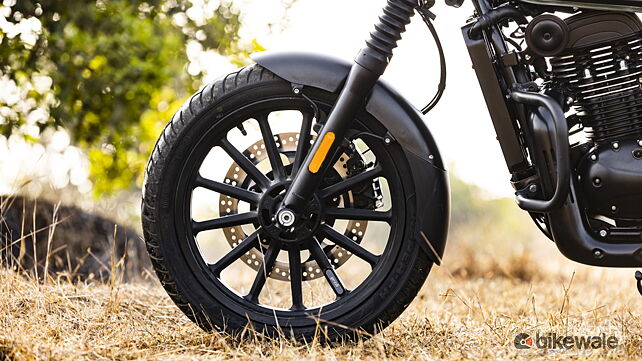







![[object Object] ThumbNail Images [object Object] ThumbNail Images](https://imgd.aeplcdn.com/642x361/n/cw/ec/112031/yezdi-roadster-under-cover-panel5.jpeg?isig=0&q=80)
![[object Object] ThumbNail Images [object Object] ThumbNail Images](https://imgd.aeplcdn.com/642x361/n/cw/ec/112031/yezdi-roadster-bike-seat6.jpeg?isig=0&wm=2&q=80)
![[object Object] ThumbNail Images [object Object] ThumbNail Images](https://imgd.aeplcdn.com/642x361/n/cw/ec/112031/yezdi-roadster-fuel-tank7.jpeg?isig=0&wm=2&q=80)
![[object Object] ThumbNail Images [object Object] ThumbNail Images](https://imgd.aeplcdn.com/642x361/n/cw/ec/112031/yezdi-roadster-rear-suspension8.jpeg?isig=0&wm=2&q=80)
![[object Object] ThumbNail Images [object Object] ThumbNail Images](https://imgd.aeplcdn.com/642x361/n/cw/ec/112031/yezdi-roadster-rear-suspension9.jpeg?isig=0&wm=2&q=80)
